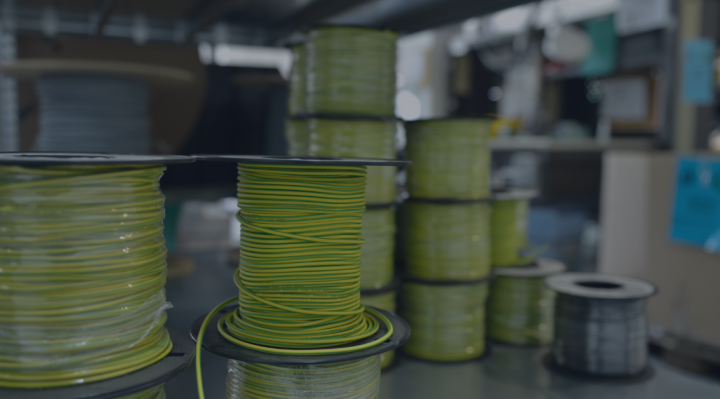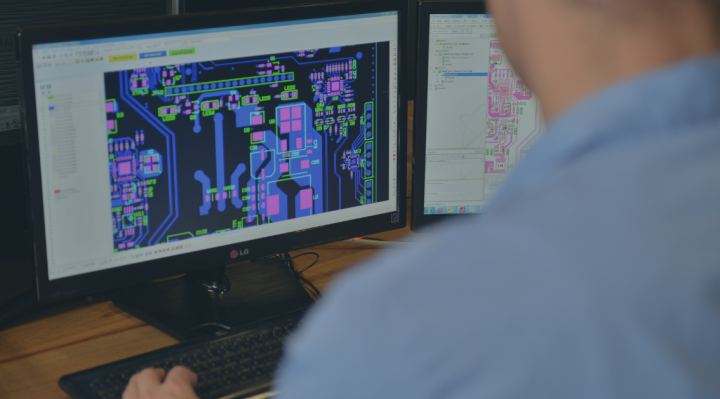When designing electronic components the designers, usually unconsciously, set higher requirements than finally necessary for proper operation of the product. By consequence, despite the competitive bids of the suppliers or own technical capacity, the final product price is almost always not as low as it could have been in the optimum version.
Sometimes the best is the enemy of the good in the context of economic calculation. To avoid the situations, in which the specification of the offered products is inadequately higher than their intended function, it is worth implementing design for manufacturing.
Design for Manufacturing (DFM)
What is Design for Manufacturing? Design for Manufacturing or Design for Manufacturability (DFM) is the design, or basically optimisation of the design of a single part, component or the entire product, aimed at less expensive and easier manufacture. Design for Manufacturing consists in the reasonable design or engineering of the object. The DFM analysis (and implementation of appropriate design corrections) usually takes place at the stage of product design — it is easier and less expensive than implementing engineering changes during the production. In addition, it enables earlier identification and prevention of errors or non-compliances.
DFM — the sooner, the better
The DFM analysis should take place as an early stage of product development — when it is being designed and not when the manufacturing line is being re-tooled for product specification or during the assembly process. The specific process of Design for Manufacturing will depend on product specifics or what kind of product is being designed (and in the long run: will be manufactured).
The principles of Design for Manufacturing focus on the optimisation of the list of materials or components — objects for efficient assembly — standardisation, effective reduction of the number of parts used and minimisation of the number of the manufacturing operations to perform on the parts during the assembly. The basis for the efficient DFM also includes the simplicity of the design, which contributes to the lower complexity or number of parts required and shorter machine tooling time.
Design for Manufacturing — design benefits
The products made with DMF are characterised by:
- shorter product development process;
- opportunity to capture and eliminate errors or faults at early stages of the product life cycle;
- higher product quality — the design can be perfected and improved at every stage;
- accelerated manufacturing;
- lower manufacturing costs — for example because the parts can be combined to reduce the number of parts and assembly stages;
- higher speed to market of finished products.
Read more about design benefits - DFM.
Is the DFM analysis time-consuming?
The duration of each DFM process depends on the specific product — number of parts, manufacturing process and complexity of operations required. However, on average the duration of the DMF analysis and preparation of the necessary design changes on its basis is approx. two weeks. In case of more demanding projects, when design for manufacturing requires an in-depth analysis, the duration of works may increase to three or even four weeks.
Design for Manufacturing
When “clean” design for manufacturing is not enough, it is worth using a more holistic engineering method, aimed at optimising the product time to market and reducing the manufacturing costs (both in the context of the materials and matters related directly to the assembly). The DFMA (Design for Manufacturing and Assembly) analysis enables a wide-aspect improvement of product technology for the design and quality improvement.
DFMA results from the integration of two separate practices into a single flow, that is DFM and DF (Design for Assembly. Design for Manufacturing is focused on the design of individual components, which may also reduce the manufacturing costs of the parts, while DFA is focused on the ease of the entire object assembly process and aimed at reducing the costs of this process (for example by reducing the number of joints). The origins of DFA are traced to the assembly of the components in the automotive sector. Until now it has been adapted to every other possible sector, in which the joining or assembly takes place. It is also used in the design of small series manufacturing or prototyping.
Is it important to use practices such as DFM?
Although DFM may seem a rather over-fancied practice at first sight, it is not a method that could be called art for art’s sake. Design for manufacturing is essential for the improvement of efficiency, time and intensification of the manufacturing rate. It is believed that the source that generates up to 70% of the product manufacturing costs are the design decisions made at early stages of works on the product, materials in use or manufacturing method. Therefore, a DFM analysis completed at the beginning is essential for the potential reduction of costs. The design for manufacturing may also enable identification, quantification and elimination of waste and inefficiency at various points of the manufacturing process.







